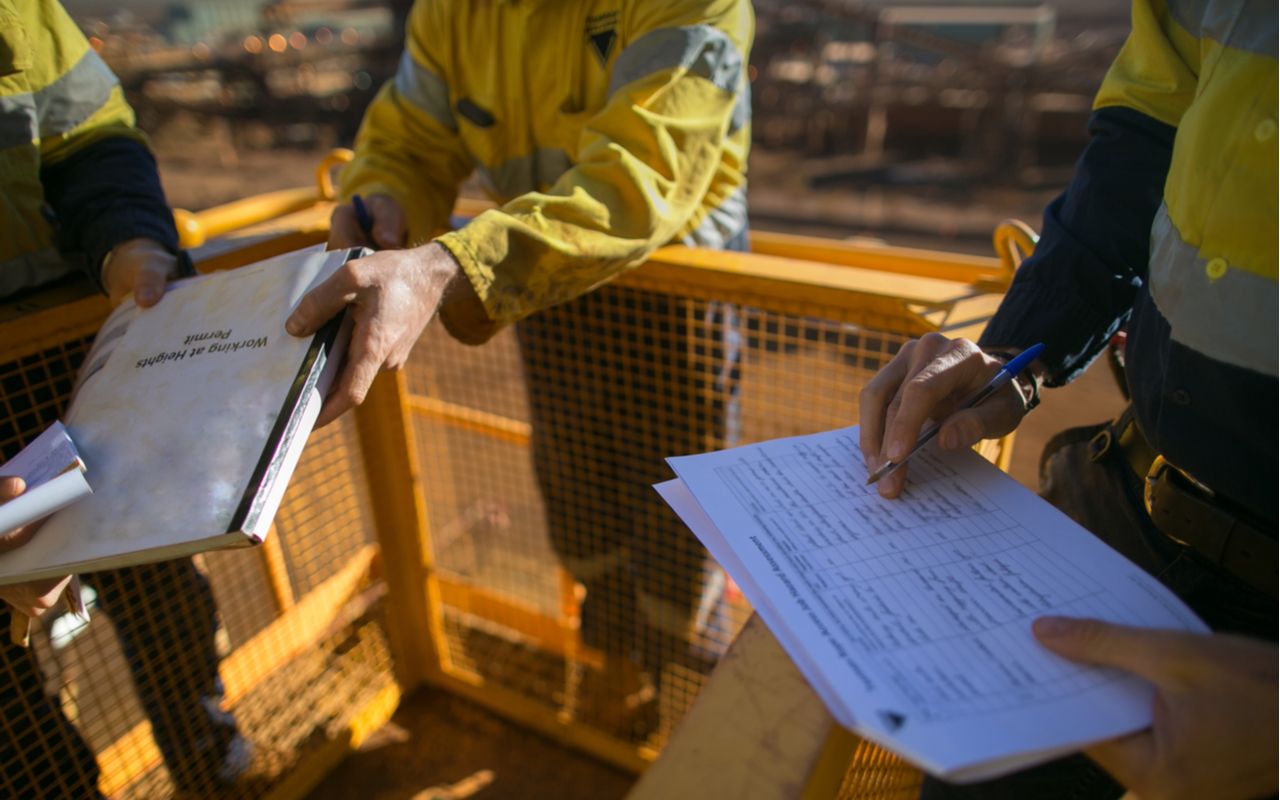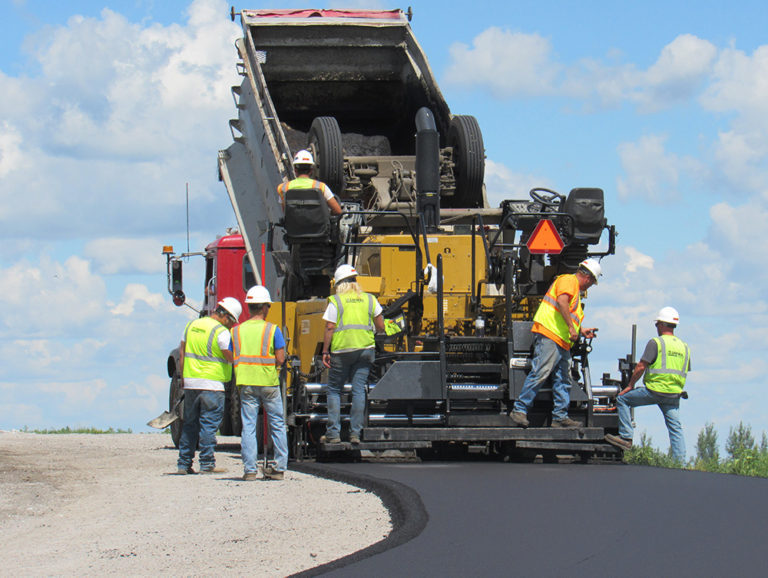The construction industry among others is having a hard time finding talent to fill jobs ranging from truck drivers to jobsite workers. With so few candidates to fill a growing number of positions, it’s essential to stand out from the crowd. Some construction companies are putting their safety programs into the spotlight as a competitive advantage.
With the talent shortage, each new hire is an investment in onboarding and training. When they leave, the company must make a new investment in a new employee. For companies with high turnover, an investment in a construction safety program can offset new hire investments. Companies can improve employee loyalty by showing they care about their people. A strong safety program can help recruit new talent and new business. Start seeing the ROI on the safety program with increased business growth and retention.
Market the Safety Program as a Hiring Tool
Put the company’s best foot forward with new hires. Applicants will likely do an online search to learn more about the company. If online results show an incident or other safety problems, applicants may be discouraged. People want to work for companies that care about protecting their employees.
A strong safety record can show a solid commitment to growth. Incidents can be damaging to a company’s reputation and prevent it from bidding on specific projects.
Retain Crews for the Long-Term
Retain workers long-term by:
- Increasing loyalty. Companies that work to ensure the safety of their employees, educate their employees about safety and involve their employees in safety processes are likely to have more loyal employees. A focus on safety demonstrated the a company’s most important business asset is its people.
- Boosting morale and productivity. Near misses and incidents can cost money, but don’t forget about indirect costs such low morale, productivity loss and reputation damage.
Use a Safety Management Tool That Shows the Big Picture
When searching for safety management software, look for a comprehensive safety solution rather than one that digitizes forms of safety data. Looking at stacks of paper doesn’t show trends or measure improvements. A company needs to be able to access all safety records and reports to see the big picture, understand what is going on and then pivot quickly.
A safety management tool can help with that by collecting and analyzing safety records before any work starts, enabling a company learn from past jobs, prepare for future work and pivot safety efforts when needed. Leading indicator data can help create a proactive safety program to stop potential safety issues before something happens.
Crews can collect and send real-time safety data directly from the field using a mobile field app. Safety managers can use that data to teach crews about safety, moving away from rule enforcement towards a progressive, people-based safety culture.
Creating a Safety Management Culture
Foremen and safety managers are always prepared for the unexpected with a safety management solution that include toolbox talks, comprehensive inspection reports, crew skill tracking and safety trend reports that identify if specific training topics are needed.
Information logged into a safety management program can generate reports for external compliance or internal reporting. Whether it’s faulty equipment or apparent defects, downtime can hurt the whole company by giving everyone access to the safety management tools. Whether in the field or office, people will know that they are accountable for safety. Empowered crews will take ownership of safety, going beyond compliance toward a strong safety culture.
A strong safety culture reduces risk and workers’ comp costs, and eliminates costly claims while improving EMR. A safety solution allows gives companies an edge when bidding on projects that require a specific safety protocol.
Building a Safety Culture
There are several steps a company should follow to start to build a safety culture within its organization:
- Practice, practice, practice. Have supervisors practice reporting incidents into a safety management program to coach their teams on how to fill out quality incident reports without the stress of an actual incident. The more practice that employees have done this, the more comfortable they feel doing it.
- Be proactive, not reactive. Develop a process for communication about a safety issue. For example, with COVID-19, some contractors developed a process to help employees who needed to support a sick child, provide them with places to get tested and determine what to do to help. Whether giving a toolbox talk about watching out for school zones or staying six feet apart, the goal is to be proactive, not reactive.
- Teach crews how to advocate for themselves. Empower construction crews to suggest safety processes and ensure they know how to advocate for themselves at work and in life. For example, in the case of COVID-19, teams should feel comfortable asking questions about the precautions being taken at the jobsite to keep workers safe from contamination, such as how to maintain safe distances, wear masks and use hand-washing stations frequently.
- Recognize exceptional safety behavior. Recognize employees in front of their peers when they perform an unprecedented safety act or behavior. The public recognition empowers crew members to become safety experts in their way.






